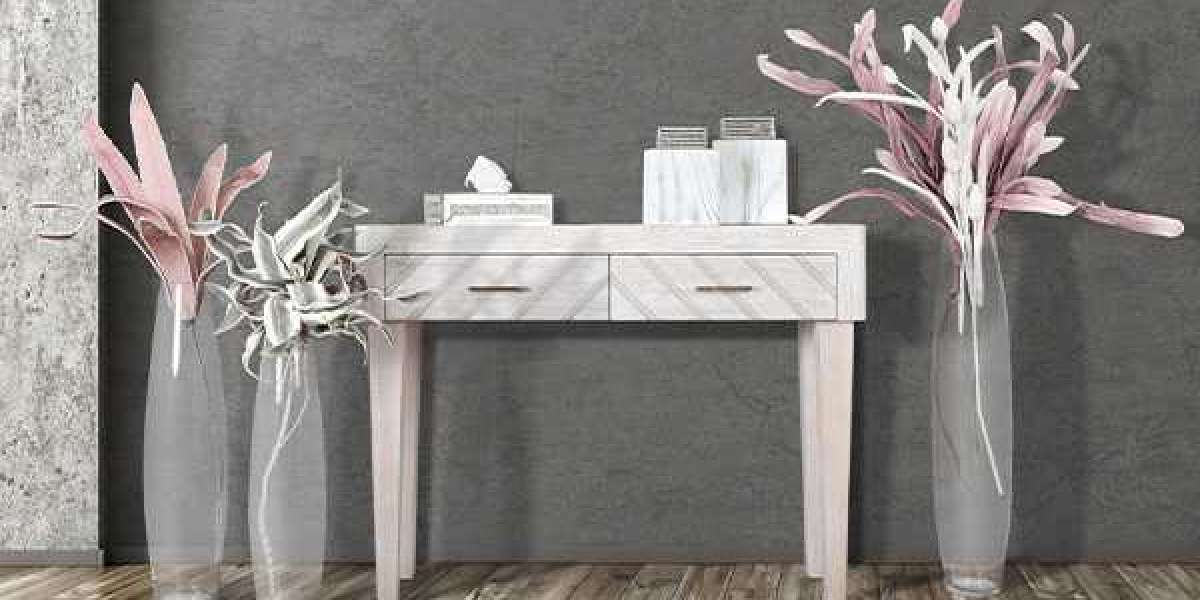>>> See More What tools and materials do I need for the installation?
Can I Connect Multiple LED Strip Lights?
Yes, you can connect multiple LED strip lights. Each LED strip is marked with small dots that indicate where you can cut the strip to adjust the length. You can then join the cut strips using connectors or soldering. It's a simple process that allows you to customize the length of the LED strip lights according to your requirements. Keep in mind that you can typically connect a maximum of three LED strips to a single power supply. If you want to connect more than three LED strip lights, it is recommended to use an additional power supply unit.
Is it Safe to Connect Multiple LED Strip Lights?
Yes, it is safe to connect multiple LED strip lights as long as you follow the necessary safety measures. One potential hazard is fire, especially when using low-quality LED strip lights. These low-quality materials may not be able to withstand temperature and current changes, which can lead to fire hazards. Even with high-quality LED strips, there are still risks to consider. For example, if multiple LED strip lights work under the same power supply, the total power of all the strips should not exceed the capacity of the power supply. Additionally, using incompatible power source units or mounting the LEDs on plastic can also pose problems. To mitigate these risks, it is important to determine the series or parallel connection for your LED strips and ensure compatibility with the power source.
What are the Types of Connections in LED Strip Lights?
LED strip lights can be connected in two ways: parallel and series connections. In a parallel connection, each LED strip has its own connection to the power supply. This means that the current will be different for each strip, but the voltage will be the same. One advantage of a parallel connection is that if one strip fails, it will not affect the operation of the other strips. In a series connection, the LED strips are connected end to end, creating a chain. Here, the current will be the same for each strip, but the voltage will vary. If one strip fails in a series connection, the power supply will not reach the other strips, resulting in their failure to illuminate. It is important to note that LED strips in parallel connections tend to be brighter than those in series connections.
How to Connect Multiple LED Strip Lights?
There are two main methods for connecting multiple LED strip lights: using a connector or using solder. Using a connector is a simpler technique that allows for gapless connections.
Using a Connector
Before connecting the LED strip lights, you need to familiarize yourself with the types of connectors available. Here are the most common types:
- Gapless Pin Connectors: These connectors provide a continuous connection between LED strip lights without any visible gaps. They usually come with 2-5 pins.
- Jumper Cord Connectors: If you need to bend the LED strip lights at a 90-degree angle, especially around corners, jumper cord connectors are the ideal choice. These connectors have a small bendable wired gap between each connection.
To connect multiple LED strip lights using a connector, follow these steps:
- Measure the length of your LED strip lights and determine where you need to cut them.
- Cut the LED strip lights on the dotted lines.
- Ensure that the power, voltage, and current for all LED strip lights are the same. It is recommended to connect LED strip lights of the same brand for better compatibility.
- Decide whether you need a gapless connection or a 90-degree bending arrangement for your wall decoration.
- Use the relevant connector to connect the multiple LED strip lights.
- Check if the lights are working properly.
Using Solder
The second option is to use solder, which provides more efficient connections among multiple LED strip lights. However, it requires a bit more skill. Here's how you can connect LED strip lights using solder:
- Choose the red and black colored wires of the LED strips.
- Strip the casing of the wires to a certain extent using a wire stripper.
- Heat your soldering iron to a temperature of up to 350 degrees Fahrenheit.
- Solder the ends of the LED strips using the soldering iron.
>>> See More Choosing Between Low Voltage and High Voltage LED Strip Lights
What are the Advantages of Connecting Multiple LED Strip Lights?
There are several advantages to connecting multiple LED strip lights:
- Adjust Length: Connecting multiple LED strip lights allows you to adjust the length according to the space you want to illuminate. This flexibility ensures that your LED strip lights meet your specific requirements.
- Increased Brightness: When you have multiple LED strips connected, the collective brightness increases. This is because the brightness from each LED strip adds up, resulting in a brighter overall illumination. Parallel arrangement of strips also enhances brightness.
- Illuminating Large Areas: If a single LED strip is not sufficient to illuminate a large area, connecting multiple LED strips together will provide the necessary brightness and coverage.
- Flexibility to Bend: With the use of jumper cord connectors, you can easily bend the LED strips at corners or other angles, allowing for more flexible installation options.
How to Connect Multiple LED Strips to a Power Supply?
There are various ways to connect LED strip lights to a power supply. One common method is to make a direct connection with the socket. Alternatively, you can use an LED strip splitter for easier connection management. Here's how to use an LED splitter to connect your LED strips to the power supply:
- Connect your LED strip lights to the wires on one end of the LED splitter. This enables both series and parallel arrangements, depending on your preferences.
- Plug the opposite end of the LED splitter into the Power Supply Unit (PSU).
When connecting LED strip lights to a power supply, consider the following factors:
- Check the power consumption of the LED strips to ensure compatibility with the power supply.
- Choose a power supply that matches the power requirements of your LED strips.
- Avoid putting 100% load on the power supply. Keep a 20% margin for safety, and ensure that the load on the power supply does not exceed 80% of its capacity.
Keep in mind that connecting numerous LED strips in a chain can shorten the lifespan of your power supply. Use the following formula to determine the maximum number of LED strips that can be connected:
Number of Strips = Power Supply (in Watts) / Power Consumption by One Strip
Avoid overloading the power supply and keep the number of LED strip lights within the safe limit. This will help prevent any potential issues and ensure proper functioning.
>>> See More Dazzling Design: Enhancing Interiors with LED Lights







